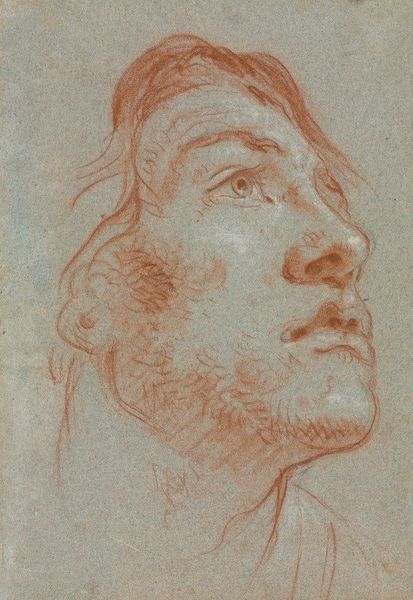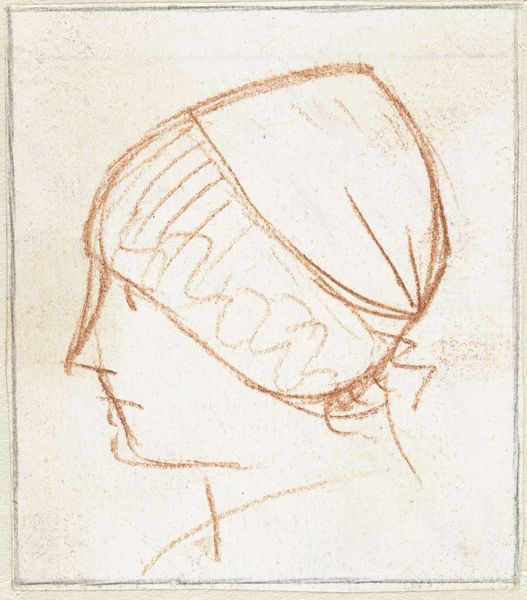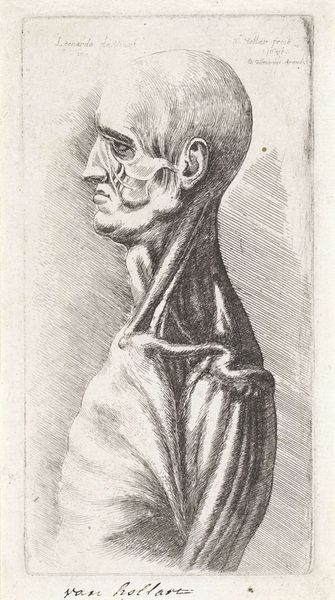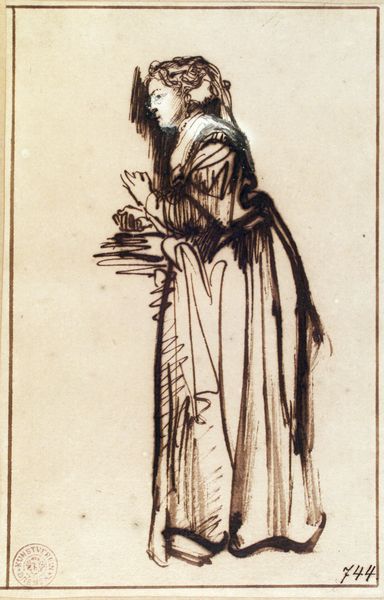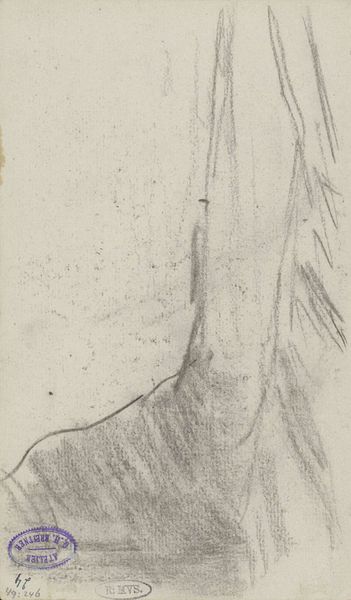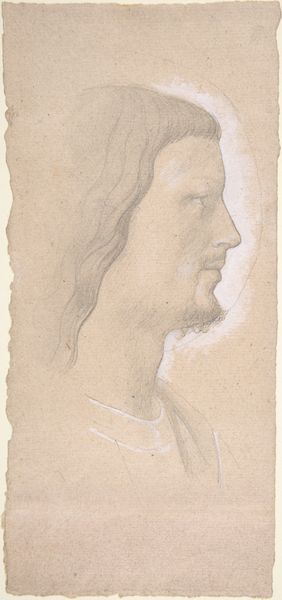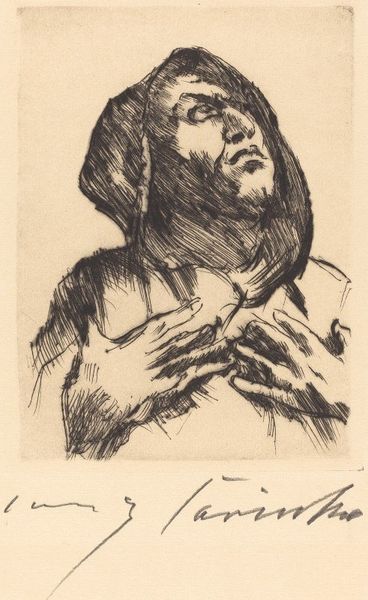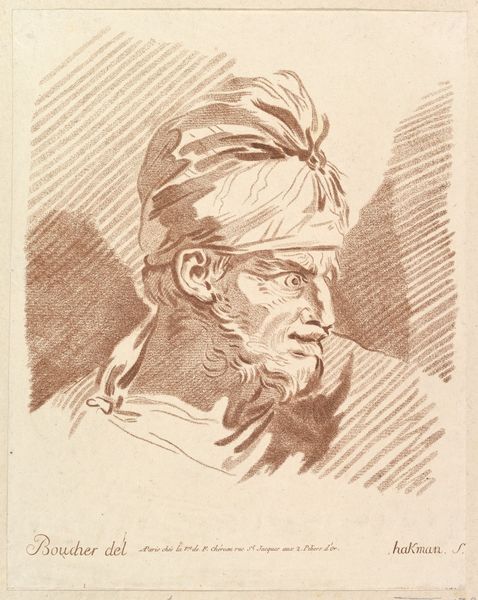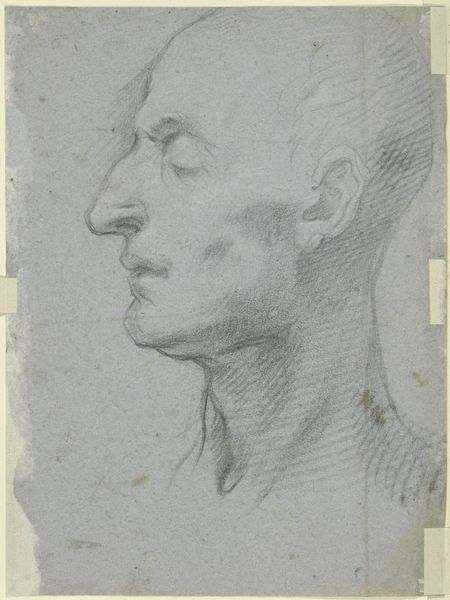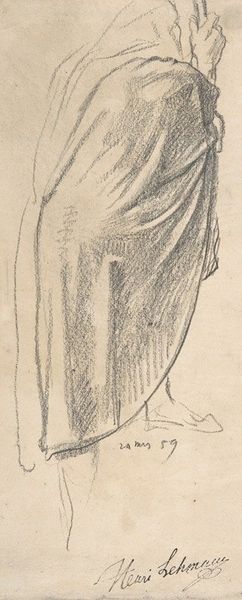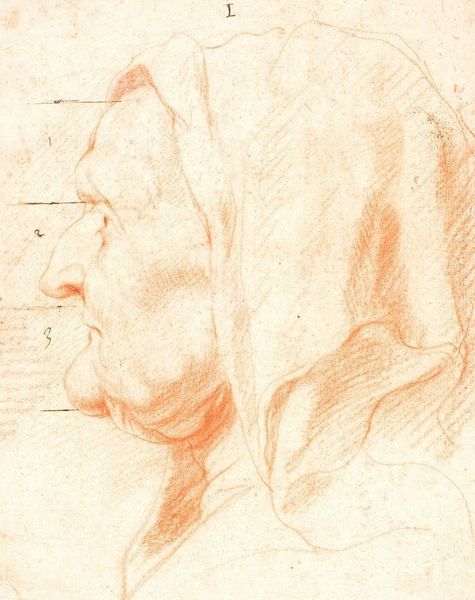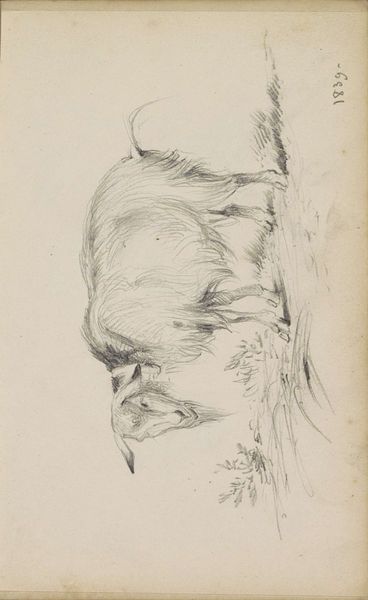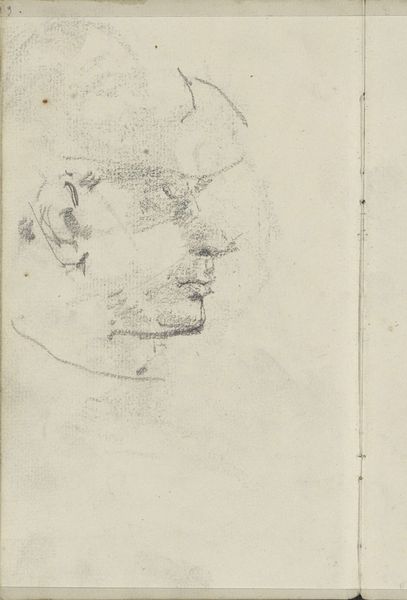
drawing
#
portrait
#
drawing
#
figuration
#
form
#
romanticism
#
portrait drawing
Copyright: Public Domain: Artvee
Editor: This is "La Vieillesse," or "Old Age," a drawing by Pierre-Paul Prud'hon from 1800. The piece features a detailed rendering of an elderly woman’s face. The weight of time seems palpable. What can you tell me about this work? Curator: Prud'hon, situated within the socio-political landscape of post-Revolutionary France, presents a particularly interesting take on aging. How do you perceive the public reception of such an image during that era, compared to say, portrayals of idealized youth and beauty, that dominated the official art? Editor: It probably stood in stark contrast. This feels more human, less aspirational. Curator: Precisely. Prud'hon challenged the norms of representation promoted by the Academy. This drawing isn't merely a portrait, but a commentary on society's treatment of the aged and the changing societal values reflected by visual culture. Did it serve a purpose beyond its artistic qualities? Editor: It makes you wonder about the sitter. Was she a known figure or someone he observed? Curator: A good question. By focusing on the individual—her weathered face and the intimate setting—Prud'hon humanized aging, counteracting the institutional neglect. Notice how this artwork challenges the predominant narratives? Do you see echoes of this challenge in contemporary art addressing social inequalities today? Editor: Absolutely! There's a definite connection to how art can amplify marginalized voices. I hadn’t considered the piece within its socio-political context before. Curator: And that is what makes engaging with artworks so enriching; their context. It changes with time, offering new meanings each time, too.
Comments
No comments
Be the first to comment and join the conversation on the ultimate creative platform.
